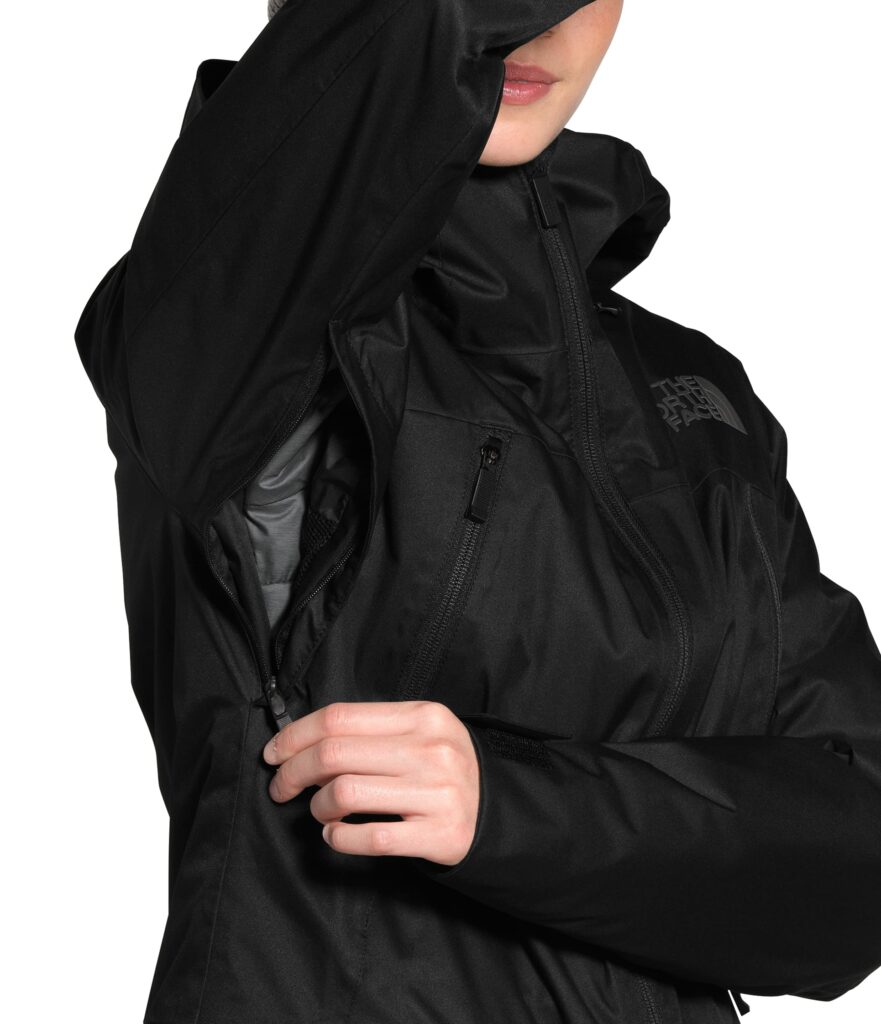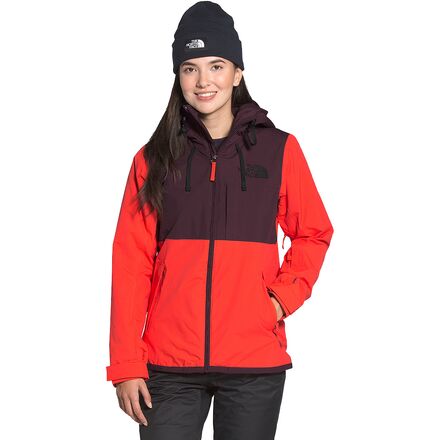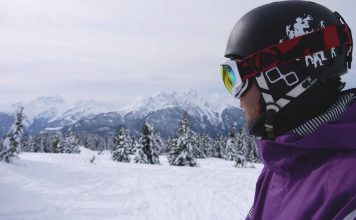As an avid skier and snowboarder, one of the most common questions I get asked, especially by beginners, is whether a regular North Face women’s ski jacket is warm enough for hitting the slopes.
The puffer jacket has become a winter staple over the years for its lightweight warmth and packable design. But does that necessarily make it suitable for skiing and snowboarding?
The short answer is – it depends. While some lightweight puffer jackets may work for quick jaunts or apres skiing, they likely won’t provide enough protection and insulation for a full day out on the mountain.
The key is looking at the construction, fabric, and insulation used in the jacket.
Why Dedicated Ski Jackets Are Better?
Jackets made specifically for skiing and snowboarding tend to be more durable, wind and water-resistant, and most importantly, warmer. Here’s why:
- Specialist insulation – Ski jackets use premium insulations like PrimaLoft or down which trap heat extremely well even when wet. Puffer jackets typically use lighter, less specialized synthetic fills.
- Higher fill power – The fill power denotes the quality and warmth of the insulation. Ski jackets usually have an insulation fill power of 600 or higher while puffer fills range from 400-500.

- Wind and waterproof fabrics – Ski jackets use tightly woven ripstop nylon or Gore-Tex which seal out moisture, wind, and snow. Puffer shells tend to be lighter-weight and less weatherproof.
- Venting – Good ski jackets have zippered pits, vents and mesh lined pockets that help regulate body temperature during aerobic activity. Most puffers lack these.
- Fit – Ski jackets fit slimmer for layering but still allow freedom of movement. Puffers can be more casual fitting.
- Features – Handy details like snow skirts, goggle pockets, jacket-to-pant connectors, and wrist gaiter cuffs set ski jackets apart.
When Can You Get Away With Using a Puffer Jacket?
Now I’m not saying you should never use a puffer jacket on the slopes. Here are some instances where it could work:
- Make runs at a small, local ski hill where you’re not covering a lot of ground or altitude.
- Sticking to gentle, groomed green and blue runs on a mild, sunny day. Avoid black diamonds and powder!
- Going out for just 1-2 hours of skiing rather than a full day.
- Après ski wear when you don’t need as much performance from your jacket.
- Layering a thicker puffer vest or jacket under a waterproof shell for extra warmth.
Tips for Choosing The Right Ski Jacket
If you’re in the market for a new ski jacket, keep these tips in mind:
- Check the insulation – Go for premium branded insulation like PrimaLoft, Thermoball, or quality downfills.
- Look for a higher denier shell – This indicates thicker, more durable fabric that blocks wind and moisture. A 20,000 mm+ waterproof rating is ideal.
- Get the fit right – Ski jackets should feel snug enough for warmth but roomy enough to layer underneath.
- Venting is key – Make sure to get a jacket with zip vents, mesh pockets, and lining to prevent overheating.
- Don’t forget the features – A helmet-compatible hood, powder skirt, wrist gaiters and plenty of pockets make skiing so much better.
- Try before you buy – Order a few options online to try on at home for size and fit.
The Bottom Line
While lightweight puffer jackets have their place, they simply can’t match the performance of an insulated ski jacket built for the mountain.
Investing in a good quality ski jacket that’s constructed from technical fabrics and premium insulation is worth the price for the extra warmth, weather protection, and features. Your runs will be so much more comfortable and enjoyable.




















